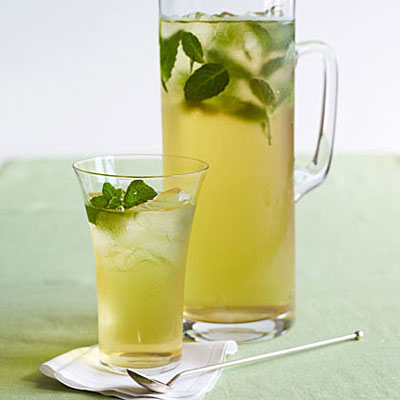The cardio machines in your gym or fitness centre can be a persistent source of confusion if you don't understand the different benefits provided by each cardio machine. When it comes to getting results, boosting your fitness and shrinking your waistline, the best cardio machine is the one that burns the most calories. In the course of researching the different benefits derivable from cardio machine training, I came across a Huffington Post article by Bob Greenfield which encapsulated my views on various machines.
The Bike
 The pedaling motion of the bike incorporates the big and powerful leg muscles and can burn 500-1,000 calories per hour, which ranks it among the highest calorie burners (as long as you use it correctly). But most people don't choose a resistance that is high enough to stimulate all the calorie-burning leg muscles, and instead let the natural movement of a bicycle's pedals do the work for them. To get maximum benefit from a bike, choose a resistance that makes you breathe hard at 90 RPM (revolutions per minute). Most stationary bicycles show RPM on the computer display.
The pedaling motion of the bike incorporates the big and powerful leg muscles and can burn 500-1,000 calories per hour, which ranks it among the highest calorie burners (as long as you use it correctly). But most people don't choose a resistance that is high enough to stimulate all the calorie-burning leg muscles, and instead let the natural movement of a bicycle's pedals do the work for them. To get maximum benefit from a bike, choose a resistance that makes you breathe hard at 90 RPM (revolutions per minute). Most stationary bicycles show RPM on the computer display.
The Treadmill
Running on a treadmill can burn 600-1,200 calories per hour, and running up an incline on the treadmill is the best way to boost your metabolism for hours after you've finished your workout. In contrast, walking on the treadmill burns only 150-400 calories per hour, depending on your speed and incline. If you're using a treadmill, then either run or jog (if your joints can handle it) or walk up a steep incline. Avoid the common mistake of constantly holding on to the handrails. These should only be used if you have extreme balance difficulties or must stabilize yourself to change a setting.
The Elliptical
You generally burn about 600 calories per hour on the ellipticals that don't include arm movement, and 700-900 calories on the ones that do. Using an elliptical burns fewer calories than running because once you get the parts on an elliptical moving, they use momentum to keep going, and you expend less energy. To get the best results on an elliptical, use the rails as little as possible, and challenge yourself with the resistance settings. You should be breathing hard while aiming for a cadence or stride rate of 120-140+ (this is shown on the display). If you don't feel your muscles contracting during the forward and back stroke of the elliptical, then you probably need to increase resistance.
The Stairmaster
Although the stairmaster is popular, it doesn't get great results. It incorporates small, low-calorie burning calf muscles, and just a small part of your upper thighs and butt -- and only burns at most 400-500 calories per hour. In addition, if you have low back pain, then you may find that the pain is aggravated during the up and down motion of the Stairmaster.
However, if you are lucky enough to have access to the kind of machine where you walk up a moving belt of stairs (like a stationary staircase), then you can get far better results. It will give you just as much calorie-burning benefit as running up an incline on a treadmill, and do a fantastic job toning your butt and thighs. While using it, try holding dumbbells or switching to a slow pace and taking 3-4 steps at a time.
The Rowing machine
The rowing machine can burn over 1,000 calories per hour, and it's an excellent upper and lower body muscular endurance and cardiovascular workout. But it can be boring. To make things more interesting on the rowing machine, try to intersperse short periods of very hard pulling with easy pulling. For instance: row for 250 meters as hard as possible, then row 100 meters easy, and repeat 6-8 times. When rowing, use both your torso and legs -- not just your arms.
No matter which form of cardio you choose, be sure to regularly switch things up and incorporate new forms of cardio that are unfamiliar to your body. So if you always walk, then switch to cycling or the elliptical; or if you always run, then try rowing. This will ensure that your body is constantly challenged and burning as many calories as possible.


















